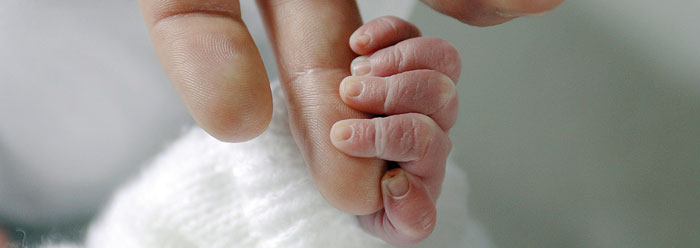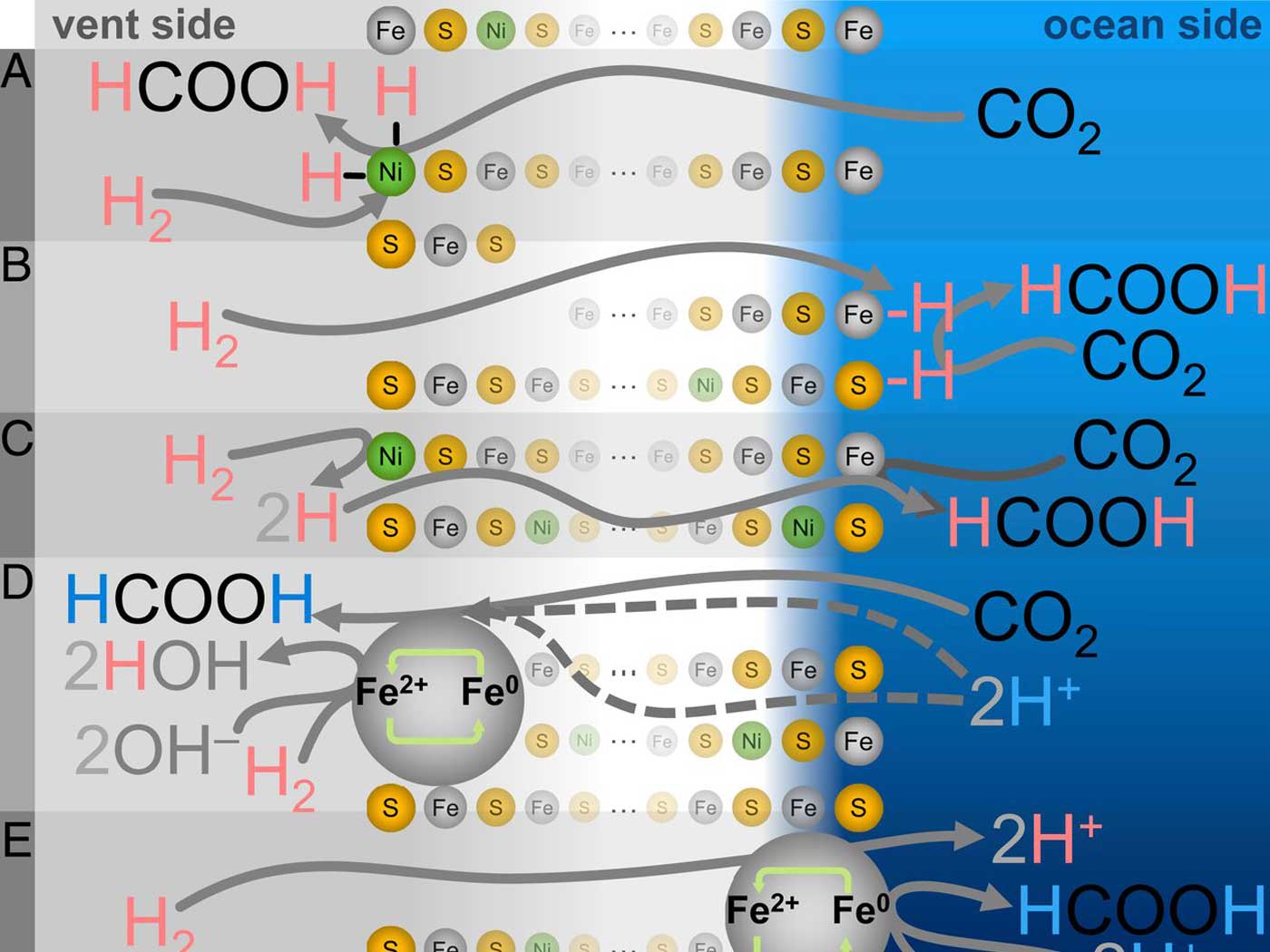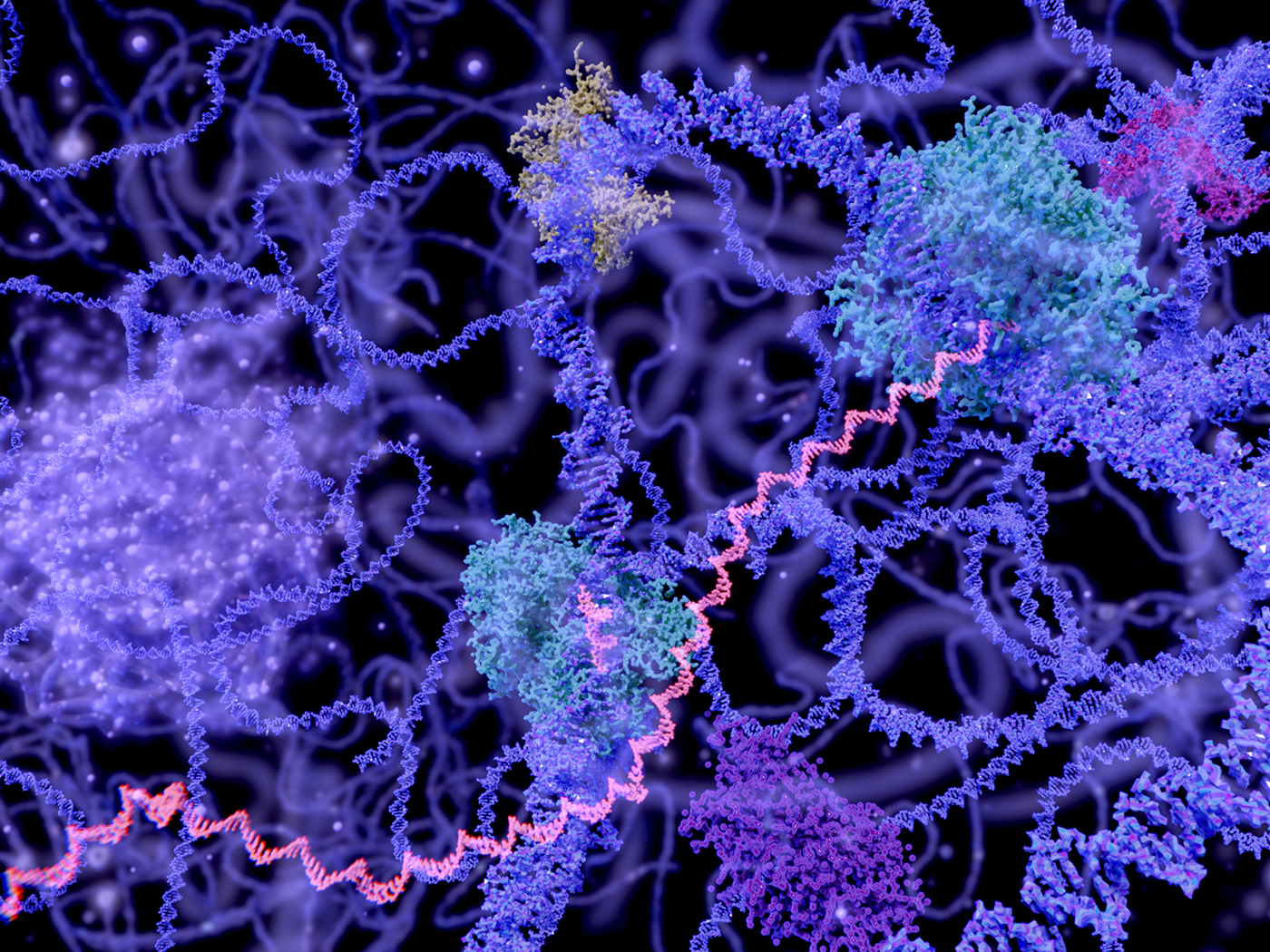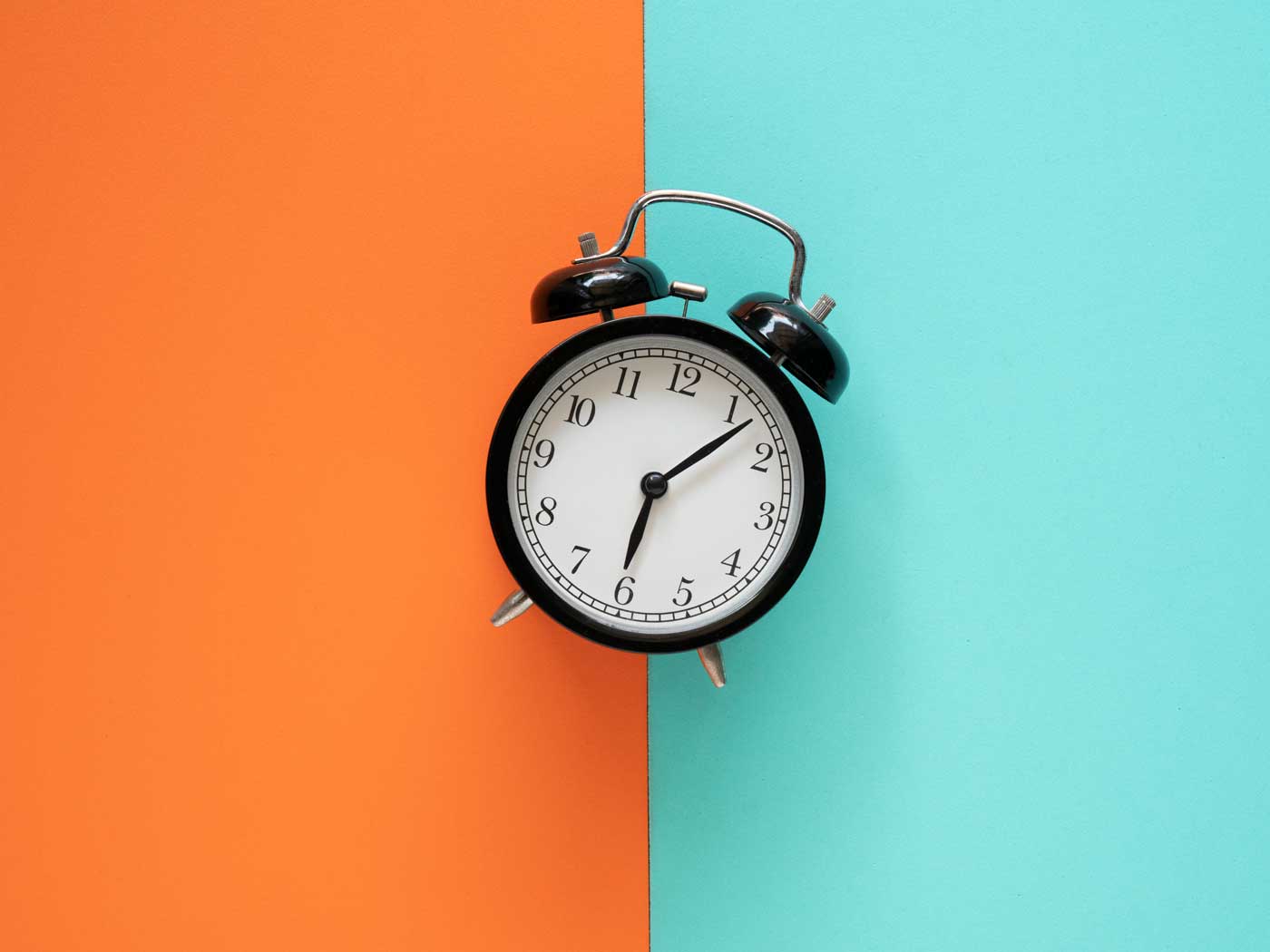A boom in affordable housing in the 1950s was helped by the invention of a distinctive multifunctional piece of equipment: the backhoe. Its strong yet relatively slender articulated arm allowed precise yet rapid placement for digging or lifting. The manipulative device is trim and fast, since hoses transfer power to it from a powerful hydraulic pump within the main chassis.
The "arm" of the backhoe makes many people think the equipment design is similar to a human arm, but what makes it so versatile is that it is actually more like a giant human finger. If a valuable piece of equipment mimicking just one finger can be so useful, what capability is possible in a real human hand?
The Formation of Hands
That capability begins as an embryo reaches the end of the fourth week of gestation. A special patch of tissue on the budding limbs stimulates invading cartilage cells to become templates for future bone. Other signals induce muscle-forming cells to develop a muscle mass in the arm and hand. These masses automatically subdivide into twelve muscles of the forearm that act on the wrist and fingers, and nineteen intrinsic muscles of the hand that manipulate only fingers.
The hands are initially flat plates, with the cells making vital internal structures of fingers. The skin cells between fingers undergo a programmed cell death, allowing the formation of five separate digits arranged in the uniquely human hand pattern--right from the start. Muscular ability develops fast. By sixteen weeks an embryo can firmly grip a small rod, and at six months the fetal grip is so tight that he can be lifted by it.
Finger Flexing
To curl fingers, forearm muscles on the front pull tendons attached to finger bones while muscles on the back concurrently relax. The reverse happens to straighten them. Both groups can pull simultaneously, working with intrinsic muscles, to hold fingers stiff.
Functions depend on coordinated control and on component arrangement. The tendon to the finger's middle bone actually splits apart and allows the tendon for the bone on the tip to pass through the center of it. This allows the fingertip to flex independently while keeping both tendons tight to the finger bones.
Compared to animals, human behavior with hand tools is fundamentally distinct. Exclusive elements of hand movement are attained only when the unique human hand's muscular configuration and the brain’s disproportionately large hand sensory and motor function centers are integrated together.
Grip: Manly or Microforce
The most important element of hand movement is opposition, meaning the ability to squeeze (such as between fingers and thumb or palm and fingers). While some weightlifters generate "bone crushing" grips, an average man's grip is a respectable 100 pounds of force. To grasp something, people must subconsciously or purposively control three acting forces for the object, three tendencies for it to twist on an axis, and six mechanical variables for each finger (such as degree of participation).
Massive investments in brain capacity with direct projections to many hand muscles means that grip control combinations are infinite and remarkably versatile. A construction worker can easily take one hand and curl three fingers around a bucket handle in a looser "endurance grip," while the thumb can press a note card tight to the index finger and the pinky can hook a plastic sack. At the same time, the other hand can curl the last three fingers and press the palm firm over their fingertips locked in a "power grip" to carry a heavy hammer, while the thumb and index finger gently pluck up a potato chip without crushing it.
When it comes to either passively detecting or making extremely small movements, the fingers may be great, but the human thumb is extraordinary. This is due to a forearm muscle called the flexor pollicis longus (FPL), whose tendon independently bends the thumb's tip. The FPL is not present in chimpanzees, gorillas, orangutans, or monkeys.
The human brain employs exquisite muscle motor commands over the FPL, especially at low levels of effort. Individual muscle fiber units can be recruited--in order--by very low rates of nerve stimulation to generate a finely graded thumb-tip twitch force of only 7/100 of an ounce. The same muscle units pull double duty as sensors to accurately estimate magnitudes of extremely low forces against the thumb--which underpins the superior accuracy of the thumb for highly skilled tasks requiring a "precision pinch."
Fine Finger Movements
Fine manipulation is possible using just the fingertips. This results primarily from combining muscle actions of seven muscles that actuate the index finger, five major muscles unique to the thumb, and even three additional muscles dedicated to the pinky finger. Besides movement, the muscle-tendon networks of the fingers also store a measurable quantity of elastic energy that is monitored--independent of the nervous system--by analyzing how much the tendon network is deformed. Nonlinear mathematical computations, made at the cellular level to describe the network in a type of sophisticated "body logic," act like power switches to regulate force production. This means hand muscles can be directed to perform like hydraulic rams, springs, or even force-dampening devices in just the right situations.
In addition, a seamless "muscle-sensor" continuum combines the muscle data with additional neural input on information such as spatial position and pressure from fingertips, nails, and fatty portions of the hand. The fingerprint structure of elevated curved and straight parallel skin ridges is an exquisite sensor that functions like a piece of corduroy fabric in which the ridges provide contact sensation but the directional nature of the fabric in each ridge is detectable.
This degree of control is vital to handling things using just fingertips, since fingertips must rapidly transition from three mutually incompatible actions to pick up objects--motion toward it, abrupt contact with it, and then an increasing but precisely-directed isometric force against it. Mathematical models show that the brain devises a time-critical predictive strategy that enables massive neural-muscular patterns to swap out the fingertip actions from "movement" to "pinch" in only about 60 milliseconds (about 1/6 the time it takes to blink an eye).
The brain calculates exactly how long to hold back executing the strategy so that fingertips start flashing through their movement changes about 65 milliseconds right before contact. High speeds are attained as the nervous system controls only task-relevant muscular parameters but allows task-irrelevant ones to fluctuate. Neuromuscular control is so optimized that performance approaches the physical boundary of a hand’s capability. Recall this the next time your fingertips squeeze to crack an egg with about ten pounds of force and abruptly stop within the distance of the shell's thickness--about 1/100 of an inch.
Finger Speed and Forward Planning
Human finger movements excel in precision and speed. The average time a person takes to make a common choice between two things is about half of a second. But rapid finger motions are much faster--in fact even faster than is physically possible using only the body's sensor-to-motor loops. To obtain the highest possible finger speeds, sensors and conscious thought are augmented in the brain with an anticipatory function for individual finger movements called a forward plan, which is extraordinarily complex and significantly subconscious. Evidence shows that the central nervous system predicts the best outcome of every finger movement several movements ahead of its current state.
Thus, skilled typists will visually process up to eight characters in advance and then--in anticipation--the forward plan for muscle movements will commit the finger muscles to an action about three characters in advance of actually striking the keys. Times between keystrokes are commonly as low as 60 milliseconds. Interestingly, speed is fastest if successive keystrokes are between fingers on opposite hands.
So imagine the quantity of mental data processed for a skilled pianist who can play 20-30 successive notes with each hand every second--about 40 milliseconds apart--since the nervous system executes a forward plan (prescribing speed, direction, pressure, duration, etc.) for every finger simultaneously and updates all plans after every successive finger movement. The plan is compiled in the cerebellum, which may, if needed, retain memory of the plan (one or several varieties). This becomes an integral part of skilled learning. So far, no limits have been found on the number of plans that can be kept in memory.
Conclusion
The astounding performance of human hands allows them to excel in an even more powerful way--hands connect. Hands are a main avenue to express creativity and feeling (including conveying language), are the primary apparatus to implement a person's will, and coupled with eyes become the principle sensors for self-awareness. Thus, they are a vital link to connect a person's inner immaterial spirit to their physical body. They can connect a person to a loved one with a caress and then to the rest of the world--mostly through work.
It is altogether fitting for the Lord Jesus to use the skill, strength, and awesome connecting power of hands to express His love. He promises that His hand will guide (Psalm 139:10), uphold (Isaiah 41:10), and faithfully keep His own in His powerful grip (John 10:28).
* Dr. Guliuzza is ICR's National Representative.
Cite this article: Guliuzza, R. 2009. Made in His Image: The Connecting Power of Hands. Acts & Facts. 38 (10): 10-11.
























